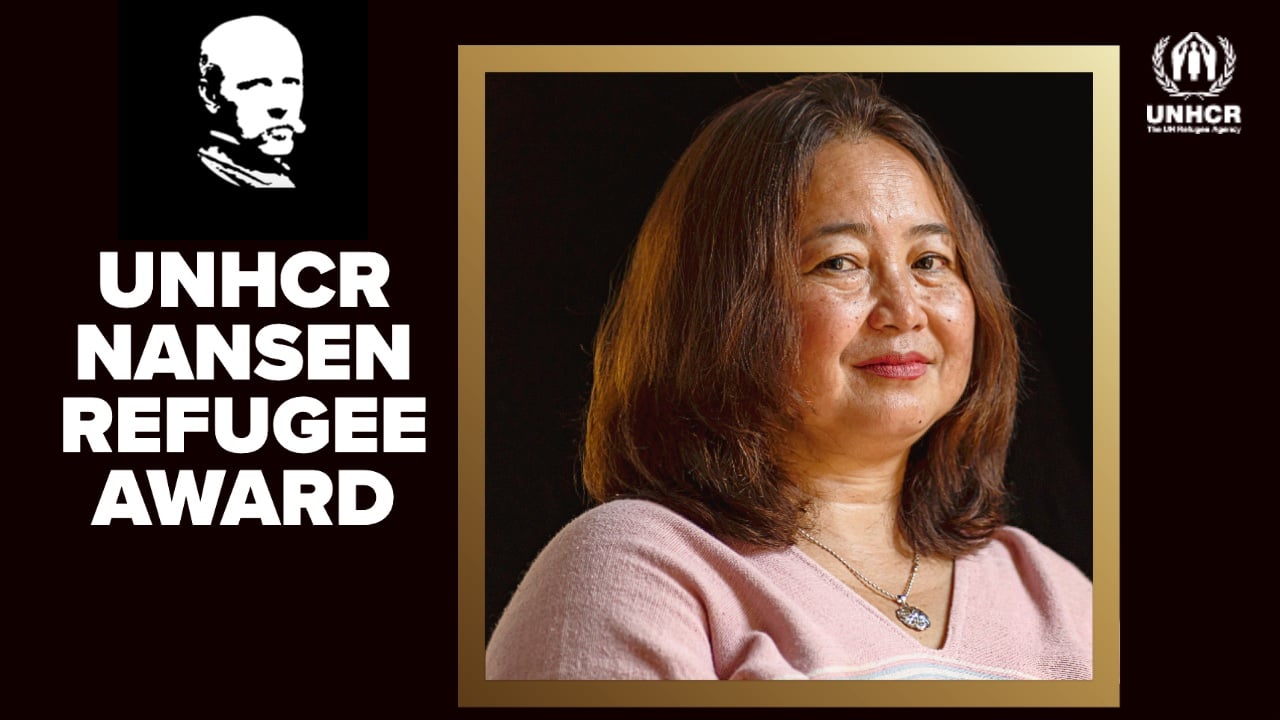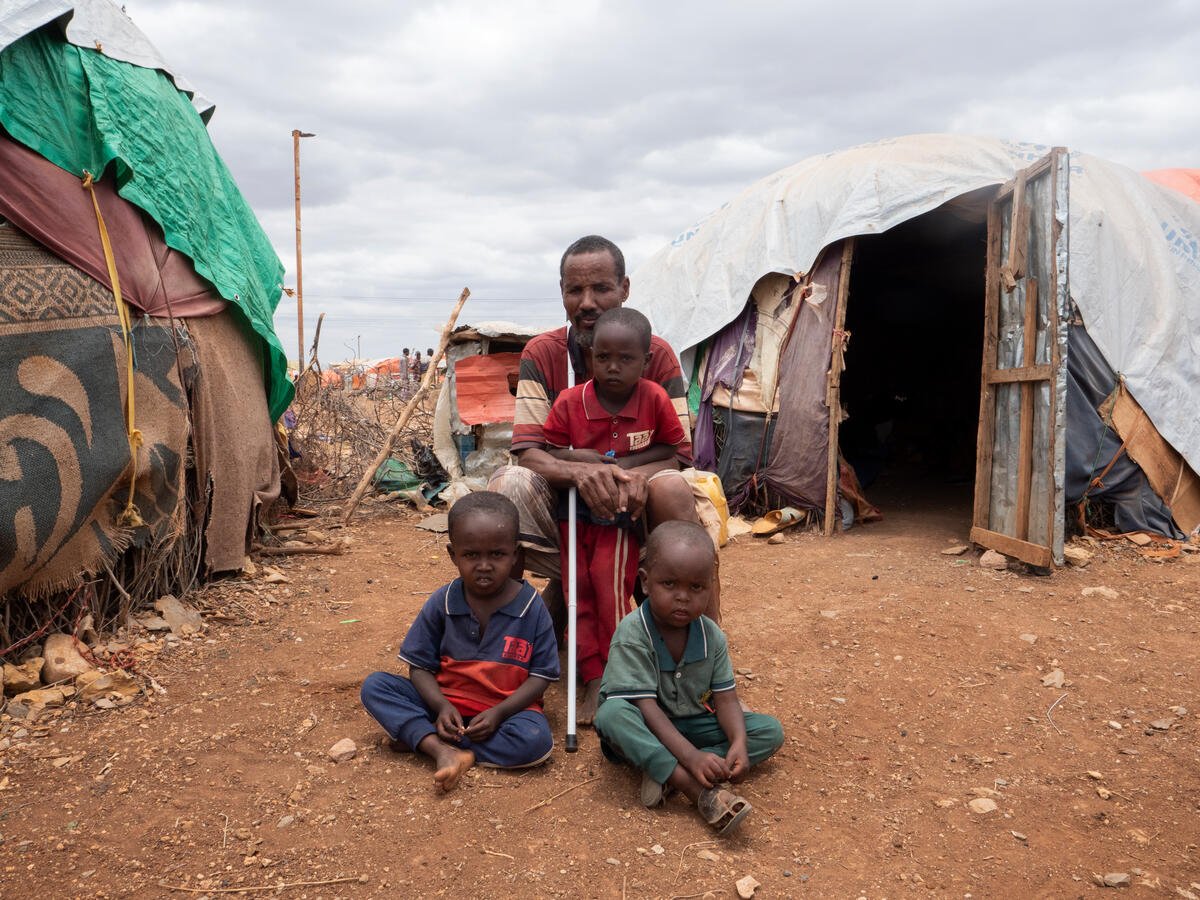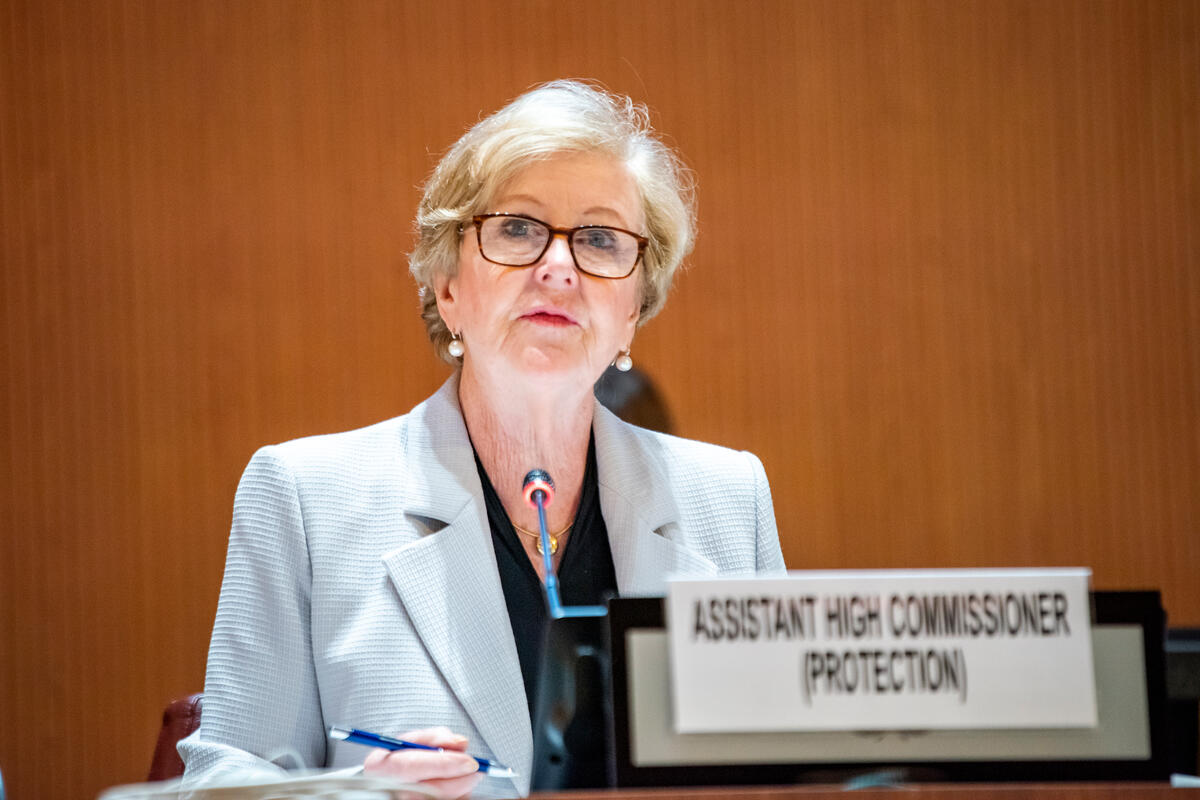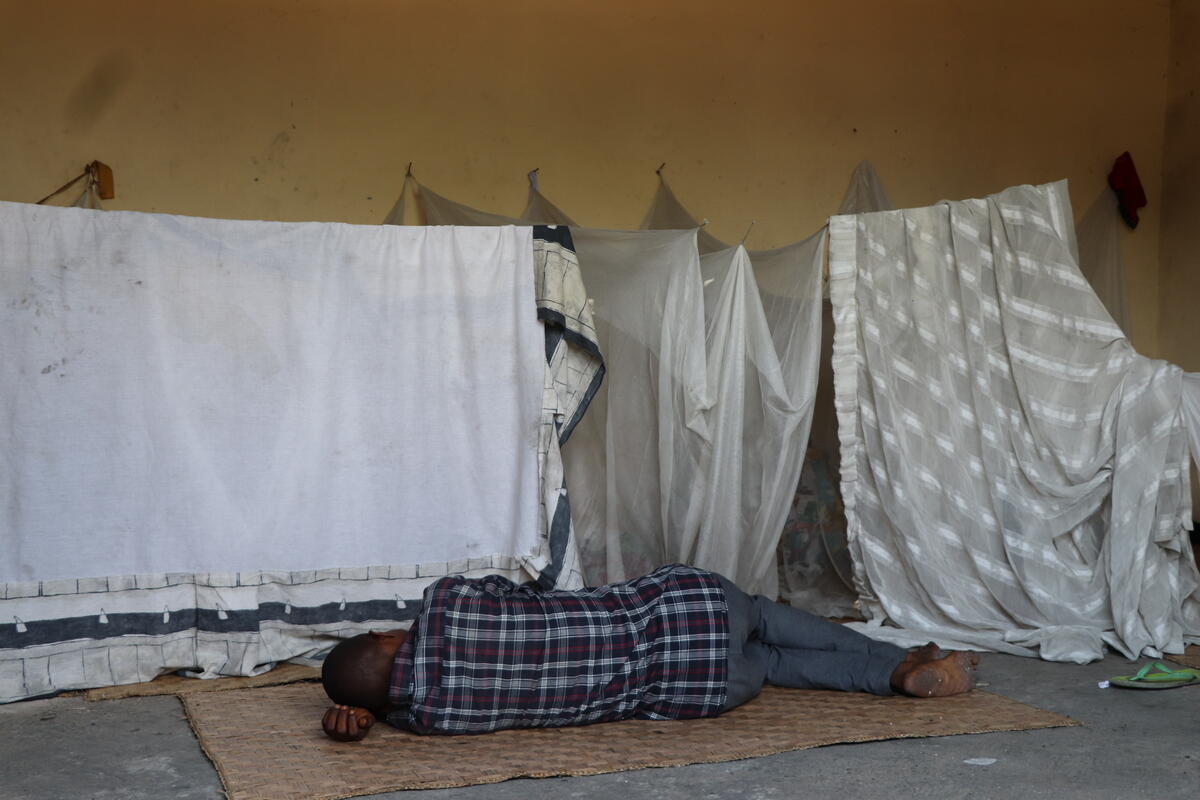Thousands flee violence in south-eastern DR Congo
Thousands flee violence in south-eastern DR Congo

KALEMIE, the Democratic Republic of the Congo – Jean Kiza Kambi is soaked to the skin. He has walked for 14 hours through forests and rolling hills in heavy rain. He crossed a river which almost swept him away.
With him he carried an old mattress and a plastic bucket containing his belongings. Now the 58-year-old man is standing on a hill, overlooking hundreds of makeshift shelters at the Kalunga site for internally displaced people in Tanganyika province, in the south-east of the Democratic Republic of the Congo (DRC).
As a deputy village chief, he is worried about the fate of some villagers. He lost track of them in the woods. “Some are still in the forest, they have machete wounds,” he said. “Others have made it to an army base. When I ran, I saw at least five dead bodies.”
Like Jean Kiza Kambi, more than 4.5 million people in the province have been displaced inside their own country, making the DRC the African country with the highest number of internally displaced people.
UNHCR, the UN Refugee Agency, says a “humanitarian disaster of extraordinary proportions” is about to hit Tanganyika Province as it plunges further into violence, “triggering spiralling displacement and human rights abuses”.
At a news briefing in the Palais des Nations in Geneva, UNHCR spokesperson Andrej Mahecic said there had been atrocities and mass displacement in several areas of the province as a result of intercommunal conflicts between ethnic groups.
Jean Kiza Kambi said his village was attacked by members of a rival ethnic group.
“Armed groups threaten to wreak more havoc.”
Mahecic continued: “Moreover, fierce clashes between the Congolese armed forces and militias continue since the end of January, while newly-emerged armed groups threaten to wreak more havoc in the province.
“People fleeing for their lives near the provincial capital Kalemie share stories of horrific violence during attacks against their villages, including killings, abductions and rape.”
In 2017, UNHCR teams documented more than 12,000 reports of human rights violations in Tanganyika and the nearby area of Pweto, where the conflict had spread, he added.
“However, UNHCR fears that the number of those affected could be much higher since many areas were too dangerous to reach.”
Many of the victims of the violence are forced to live in large displacement sites. One of them is Katanika, which comprises small huts made of grass and branches, spread over a valley and adjacent hills.

One of the huts belongs to Prosper Kamona Kabwe, 59, who arrived In December 2017. His family was away when the village was attacked and he is desperate to find them.
“My wife and our four daughters were in the field when the attack happened,” he told UNHCR. “Our two boys were out on the lake, fishing. As soon as the security allows, I will go and look for them. I feel bad every time I think of them. I don’t feel at peace, I don’t sleep well.”
“There is hunger and sickness, malaria, anaemia.”
He said living conditions at site were poor. “There is hunger and sickness, malaria, anaemia. And through my roof, water is coming in. You can see it. The floor is still wet.”
He said he hoped to find work in nearby fields or to collect firewood to survive.
Single women and widows without appropriate shelter were at particular risk of sexual abuse and violence in the displacement areas, UNHCR said.

Tundwa Kissimba, 32, lives in a makeshift shelter with her five children in the town of Kalemie. The shelter has no door, just a piece of cloth, to protect her and her children. Her husband was killed during an attack.
“When I ran, I could not take anything with me except for my children,” she said. “I asked people in the city for building materials. They gave me some cloth and bags. The rain is pouring inside and the kids get sick. I feel insecure. Wind can destroy the shelter.”
The violence in Tanganyika Province, which is three times the size of Switzerland and had a population of 3 million, has created more than 630,000 internally displaced people, almost twice as many as in December 2016. UNHCR is appealing for increased assistance to help the population cope, Mahecic said.
Last year, UNHCR received less than a dollar per person in donor contributions for its programmes for those displaced internally in the DRC.
UNHCR is seeking a total of US$368.7 million for the Congolese situation. A total of US$80 million is required to support the internally displaced populations inside the DRC.
Most are less fortunate than Jean Kiza Kambi. After a few hours’ sleep, he went to look for his wife and children and found them safe with relatives.









